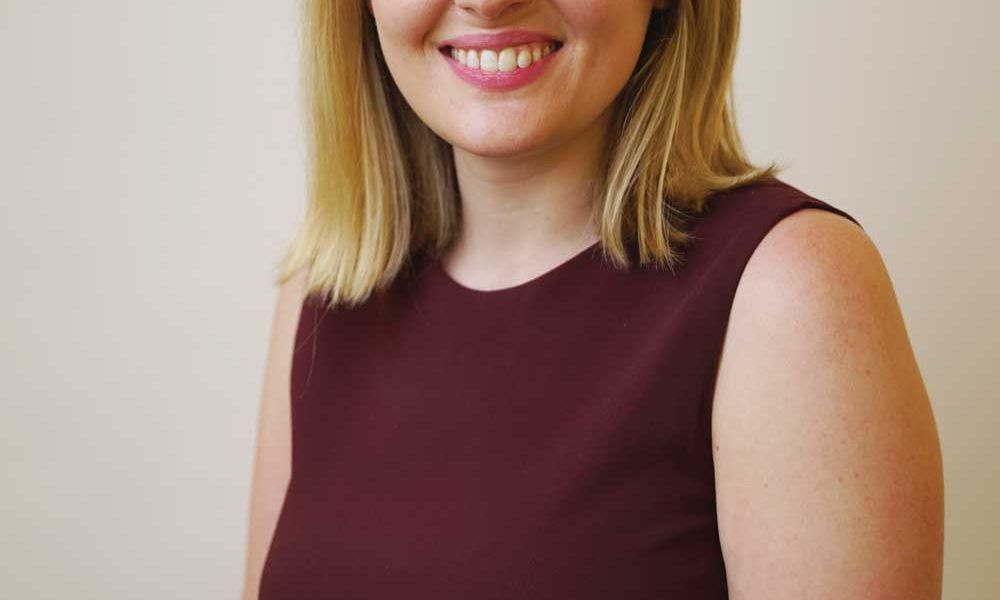Julia Halperin
Courtesy the writer
The appointment of Scott Rothkopf as the next director of the Whitney Museum of American Art in New York did not come as a surprise. The well-connected chief curator was the longtime protégé of the outgoing director Adam Weinberg. As one colleague put it over coffee: “‘Heir Apparent Becomes Heir’ is not major news.”
But, privately, many in the art world expressed concern that Rothkopf was selected without any kind of formal search process. One former museum director calls the move “deeply misguided”.
“By appointing Scott, we ensured a seamless transition that is best for the future stability of the Whitney,” a spokesperson for the museum said in a statement. “The appointment was considered thoughtfully, was supported unanimously by the board and endorsed enthusiastically by the current director.”
The new director search process—or, in the case of the Whitney, the lack thereof—has come under increased scrutiny at a moment when US museums are experiencing unprecedented leadership turnover and increased pressure to diversify their ranks. The Economist reported back in 2015 that more than one-third of American museum directors were of retirement age. By my count, a whopping 22 vacancies have been filled over the past 12 months, ranging from the San Francisco Museum of Modern Art to the Contemporary Arts Center in Cincinnati. More than two-thirds of this incoming class is white; the majority (13) are women.
There are more to come: in New York alone, the Jewish Museum and the Guggenheim are both currently searching for a new director, while the contract of Glenn Lowry, the director of the Museum of Modern Art (MoMA), expires in 2025. Rumours are swirling that Lisa Phillips may also be preparing to step down from the New Museum.
The process of appointing a US museum director can seem so mysterious it might as well involve cardinals releasing a plume of smoke from the Sistine Chapel chimney. While directors of European museums are often selected by the state’s culture ministry after a call for applications, their American counterparts navigate a considerably more subjective gauntlet—one that can involve anything from presenting a PowerPoint laying out their vision to charming donors over cocktails. (One source recounted a story in which a candidate to lead a museum in the north-east of the US was all but disqualified because a board member’s wife felt the candidate’s wife had overreacted to the cold weather by bundling herself up too much.)
At its best, a formal search process can compel a museum to have important, difficult conversations in a way no other leadership transition can.
Sarah Arison, who led the search for MoMA PS1’s director, says the museum sought a “transparent and inclusive process”. It started by conducting 35 individual interviews with donors, board members and staff as well as holding a series of all-staff town hall meetings. Its search firm, Russell Reynolds Associates, set up a dedicated email address where employees could submit feedback anonymously.
After the information-gathering period, Russell Reynolds presented PS1 with “dozens” of candidates, Arison says, which the museum narrowed down to a smaller group for in-person interviews with its executive committee. To ensure candidates were treated equally, the committee followed a strict script, asking them identical questions. Finalists were invited back for what Arison calls a “compatibility meeting” with senior staff. The museum ultimately chose Connie Butler, the chief curator of the Hammer Museum in Los Angeles, to replace Kate Fowle, who left last summer after just three years in the role.
This kind of lengthy process comes with trade-offs. “The MoMA PS1 search was the worst-kept secret in the art world,” Arison admits. Lauren Cornell, the director of the Center for Curatorial Studies at Bard College, and Paul Ha, the director of the Massachusetts Institute of Technology’s List Visual Arts Center, were rumoured to be among those under consideration. A prolonged search also gives candidates more time to reconsider. Sources say that the Dia Art Foundation director Jessica Morgan, floated as a candidate for the Guggenheim director role, recently pulled out of the running.
Searches are, in many ways, a microcosm of some of the larger tensions playing out in museums: between staff and board, populism and elitism, idealism and practicality, change and status quo.
Sometimes, museums say they want to hire women or people of colour, but the interview process makes clear they are not equipped to set them up for success. Verge, a newly formed recruitment firm that specialises in placing candidates from the global majority in arts organisations, won’t even formally take on a client until they have completed a culture check to ensure the organisation can support people of colour as employees.
“There are institutions where there’s not a genuine interest in what a leader of colour brings to the table,” says Angela Henry, of the executive search firm Phillips Oppenheim. “We have seen that the first time they make a mistake, hands are going up and eyes are rolling. It’s not just a question of the candidate being ready, but also the board.”
At the same time, the art world remains less open than other cultural sectors to looking beyond its own ranks for potential leaders, experts say. “Museums may go through the process of doing a search but then, finally, it’s often all about who just two or three people want,” says one board member. “It’s about who makes them feel comfortable.”
The director search process is due to only become more critical—and challenging. Recruiters note that, while museum directors used to spend 15 or 20 years in a role, their trajectory reflects that of chief executives, who now average a term of less than seven years. Plus, the mounting pressures associated with the job—from restitution to unionisation—make museum directorships increasingly unappealing. As the former MoMA deputy director Kathy Halbreich recently said on the podcast The Art World: What If…?!, “You could not pay me enough money to be a museum director.”

